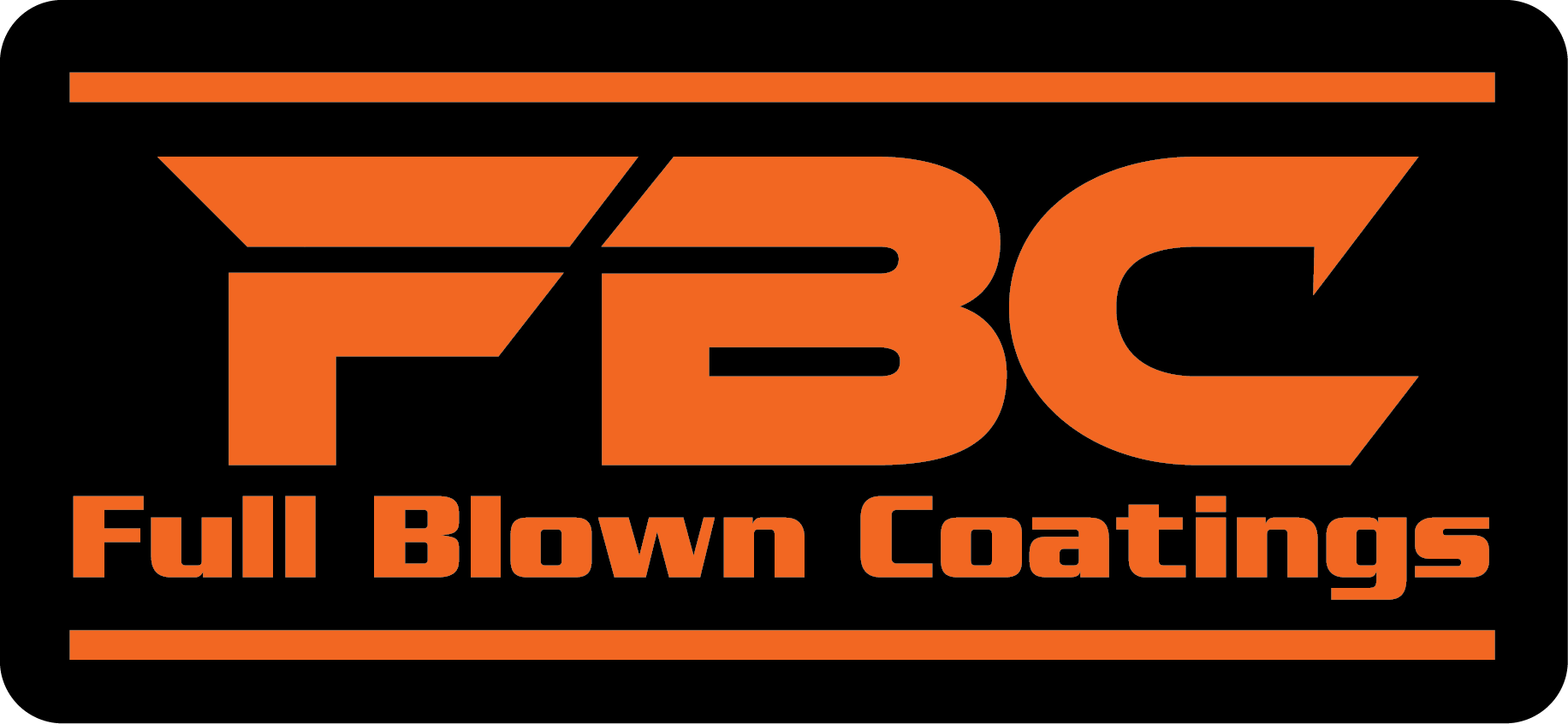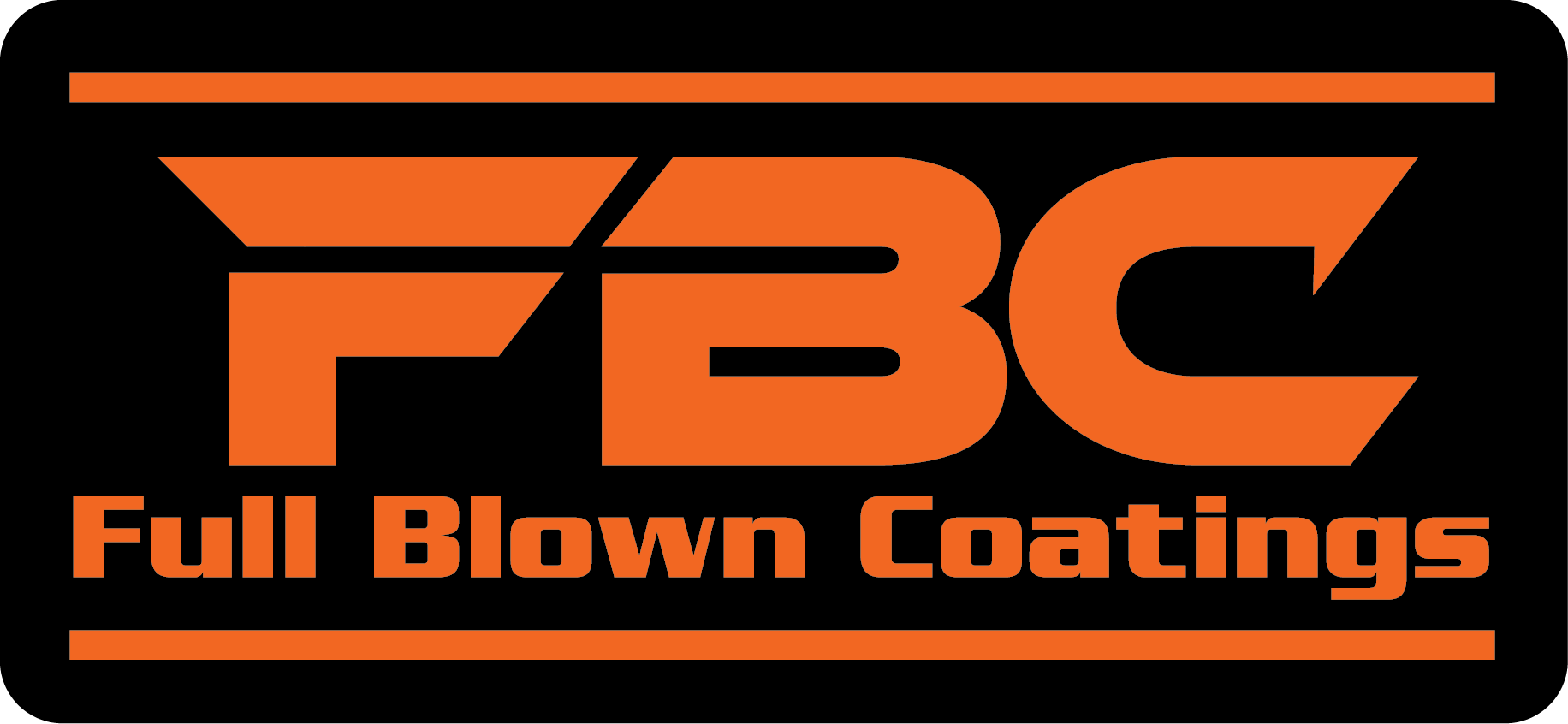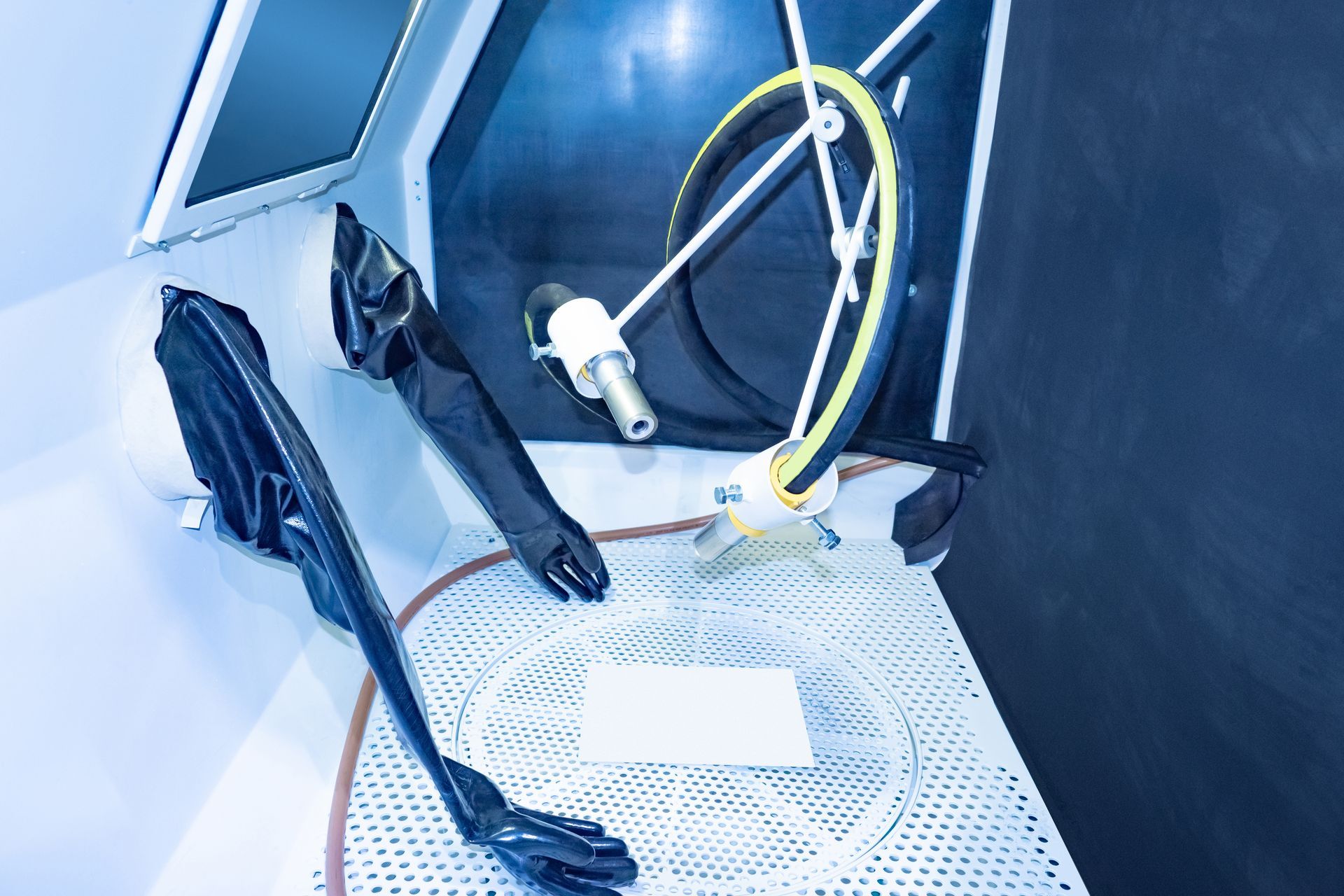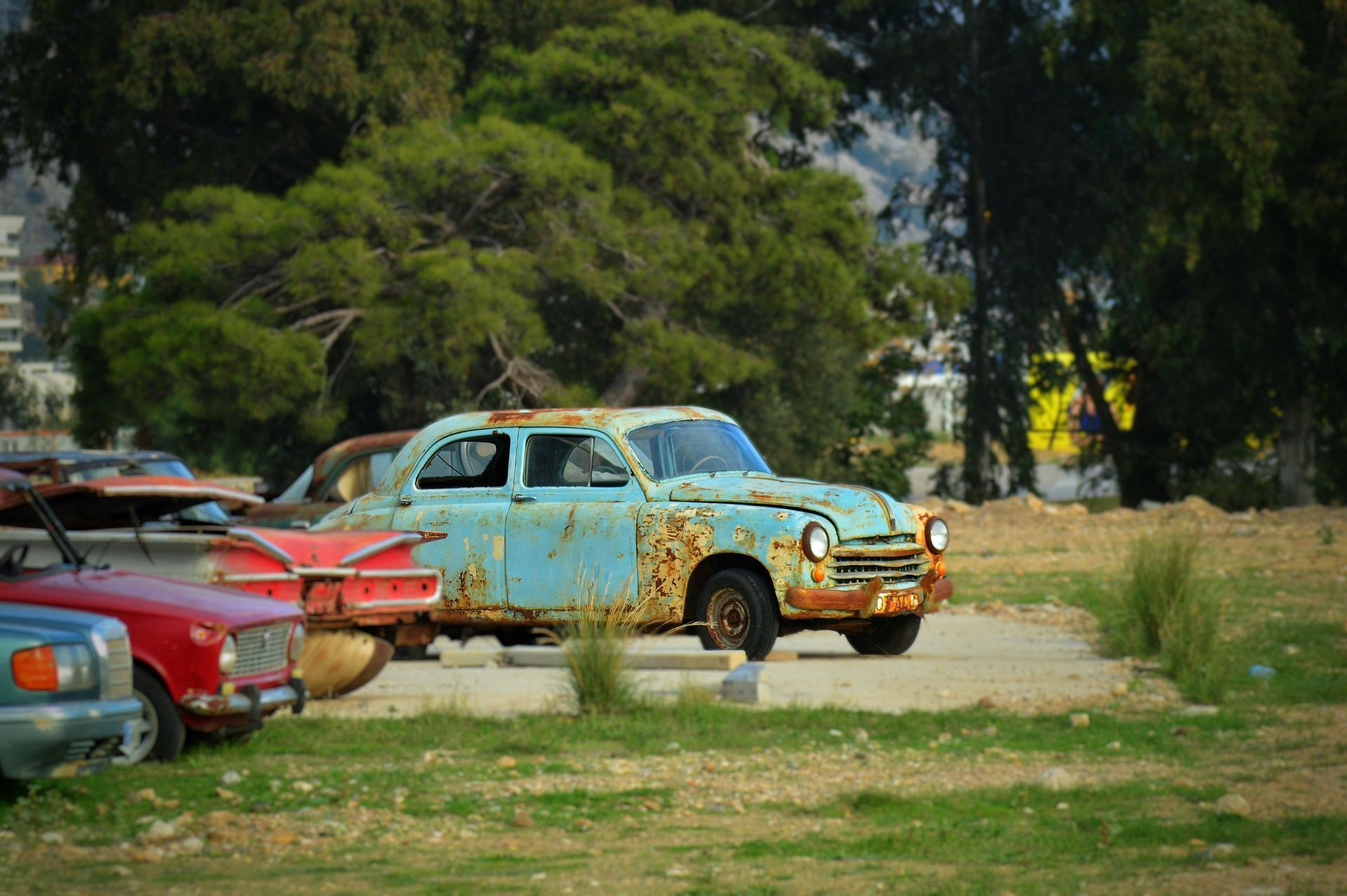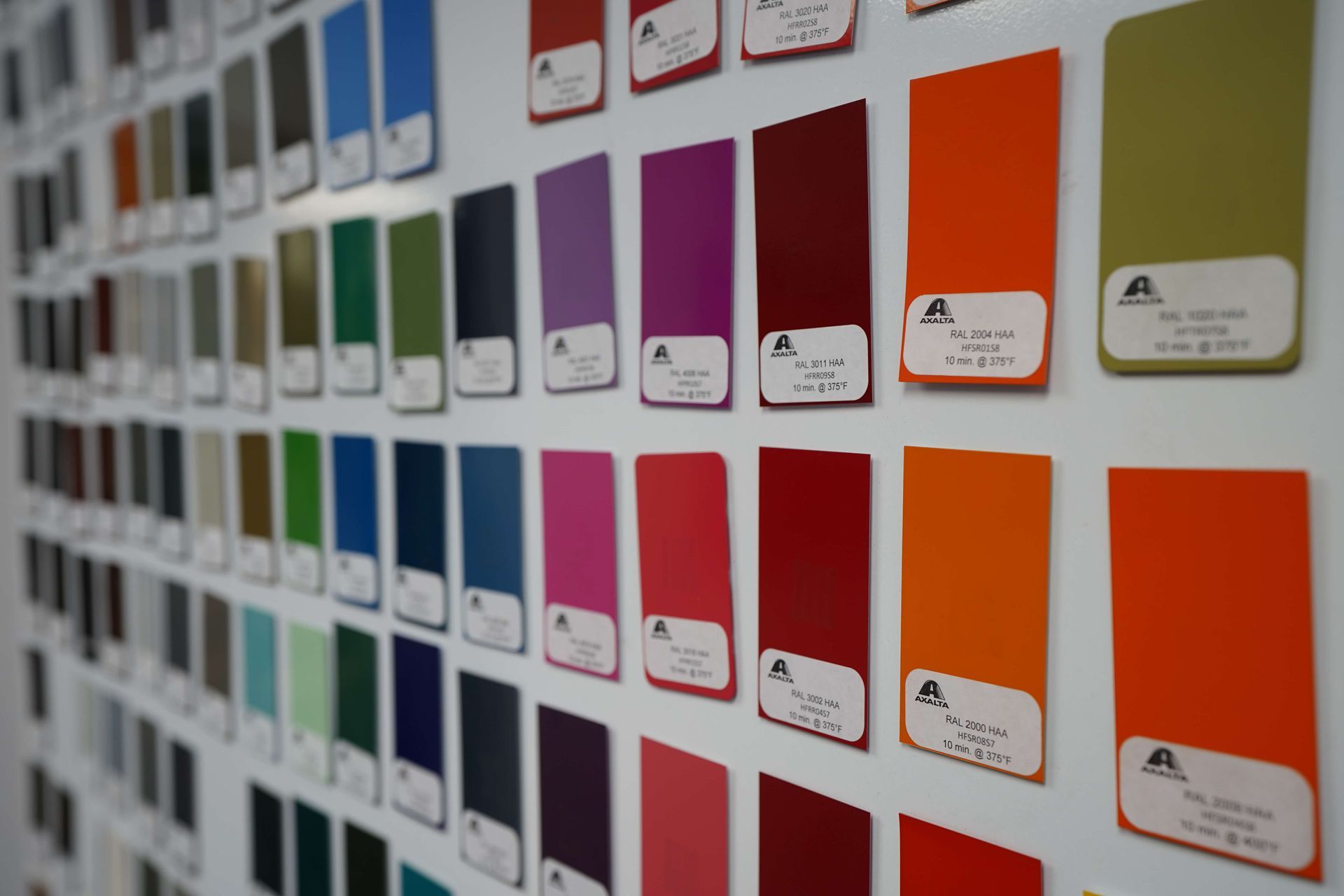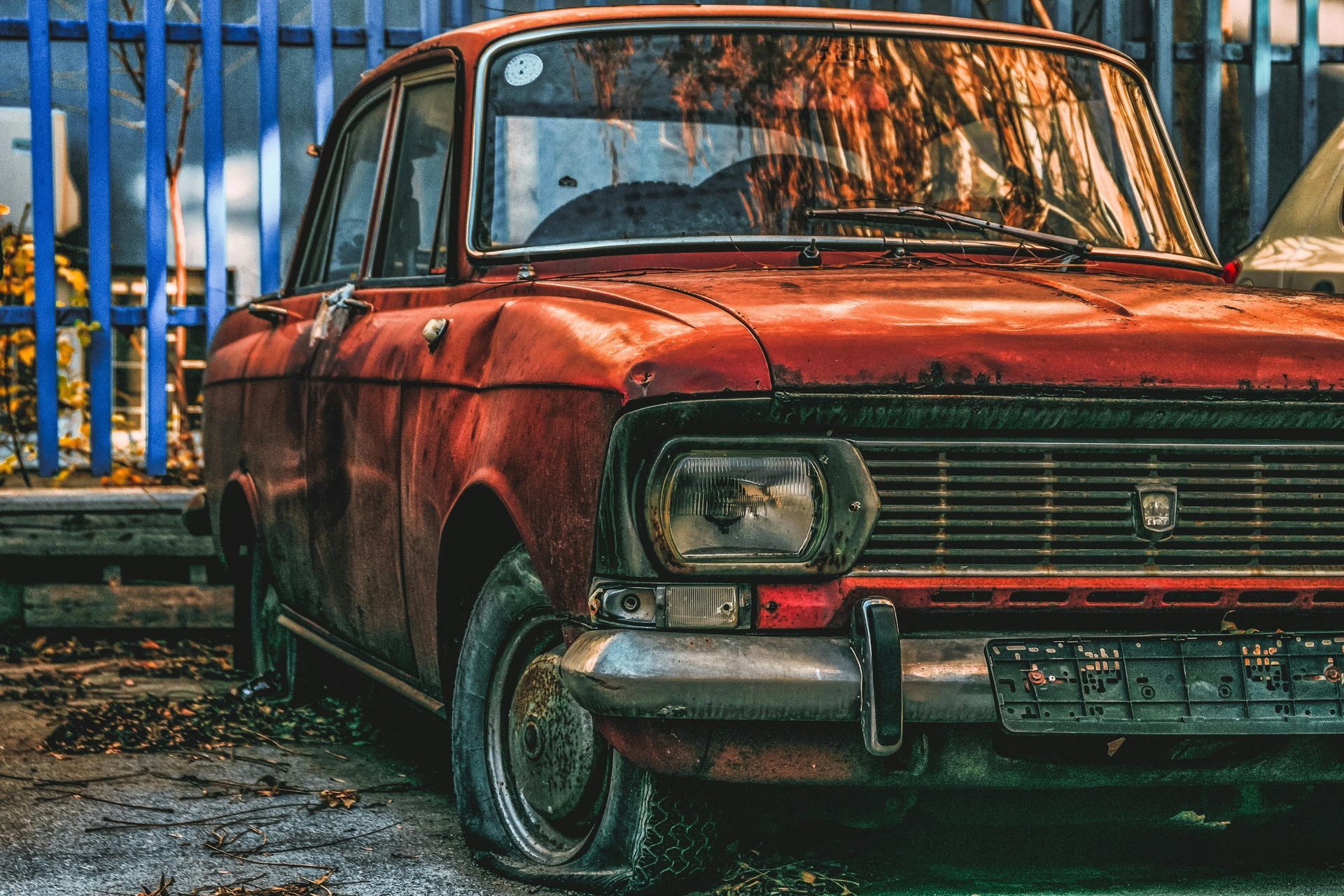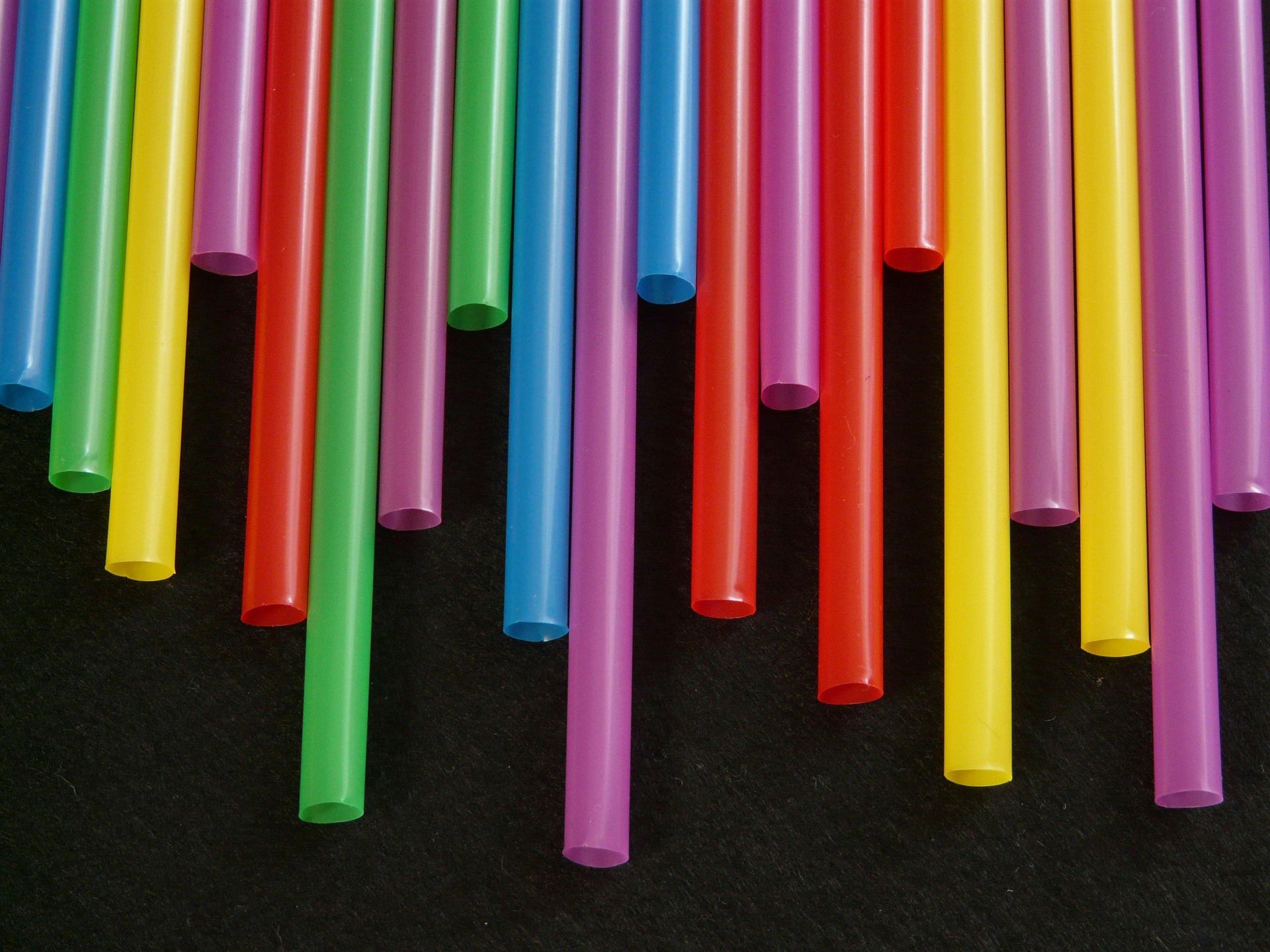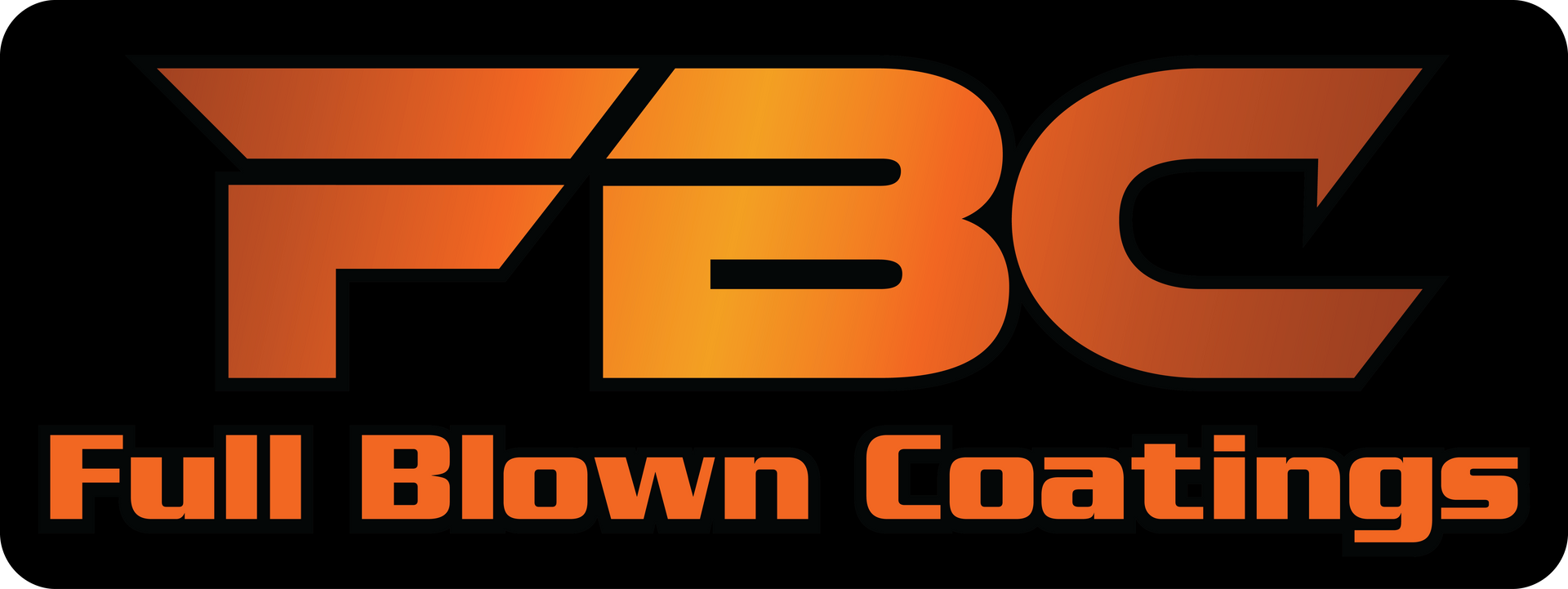Sand Blasting Sand, How is it different from the beach?
Sand Blasting Sand, Is It Different From Regular Sand?
If you're in Salt Lake County, Utah County, Davis County, Weber County, or Cache County, and you’re looking into powder coating or metal finishing services, you may have come across the term sand blasting sand. You might wonder: is it any different than the regular sand you'd find at the beach or in a kid's sandbox? As a professional powder coating, sand blasting, and metal finishing company, Full Blown Coatings is here to clarify the differences—and why they matter for your project.
What Is Sand Blasting Sand?
Sand blasting sand is a specially manufactured abrasive media designed for cleaning, etching, and prepping surfaces. It’s not just "sand" thrown into a machine. Industrial-grade blasting media is precisely graded, cleaned, and processed to be effective, consistent, and safe for high-performance applications like:
- Removing rust or old paint
- Prepping metal for powder coating
- Surface texturing or smoothing
At Full Blown Coatings, we use blasting media like garnet, aluminum oxide, glass bead, and crushed glass, depending on the material and job requirements.
What Is Regular Sand?
Regular sand—such as what you’d find in a playground, landscaping supply yard, or on the beach—is unprocessed, naturally occurring material. It often contains impurities such as salt, organic matter, or clay. It can also have inconsistent grain sizes and compositions.
Using this type of sand in blasting can:
- Damage your equipment
- Pose severe health hazards due to silica dust
- Leave inconsistent or ineffective finishes
A client in Logan once brought in a set of metal railing sections they tried to sandblast themselves with play sand. Not only did they ruin their home compressor, but the surface was uneven and damaged. We re-blasted it with garnet and powder coated it in satin black. It came out flawless.
Key Differences Between Sand Blasting Sand and Regular Sand
1. Purity and Composition
Blasting media is washed, dried, and sieved to eliminate contaminants. Regular sand may contain:
- Moisture that clogs equipment
- Organic matter that burns or contaminates coatings
- High silica levels, which can cause serious lung issues
2. Particle Size and Shape
Blasting sand is graded for uniformity. It provides:
- Even abrasion
- Consistent surface profile
- Predictable results
Regular sand varies widely in grain size and shape, leading to uneven finishes.
3. Hardness and Cutting Ability
Blasting media is selected for its hardness and impact resistance. For example:
- Aluminum oxide is ideal for tough surfaces
- Glass bead is gentler and used for delicate parts
Regular sand lacks the abrasive qualities to remove coatings effectively or safely.
4. Safety Standards
OSHA and other agencies heavily regulate blasting due to the dangers of inhaling fine particulate matter like silica. Most modern blasting media is engineered to be:
- Silica-free or low-silica
- Dust-suppressed
- Safer for both workers and the environment
Regular sand isn’t compliant with these standards.
Media Types Used at Full Blown Coatings
At Full Blown Coatings, we choose the right blasting media based on your part's material, shape, and intended finish:
- Garnet: Durable, fast-cutting, and ideal for steel surfaces
- Glass Bead: Produces a smooth, matte finish; perfect for aluminum and softer metals
- Aluminum Oxide: Extremely aggressive; used for heavy rust or coating removal
- Crushed Glass: Eco-friendly and excellent for cleaning without damaging the substrate
- Steel Grit: Reusable and used in industrial applications
- Walnut Shell: Non-abrasive; ideal for antique restoration or delicate components
A recent job in Bountiful required us to clean decades of corrosion off an ornate cast iron fence. We used crushed glass to maintain the detail and followed it with a black satin powder coat. The customer couldn’t believe it was the same fence.
Why Regular Sand Should Never Be Used
We often hear from clients who tried DIY blasting with "regular" sand from the home improvement store. Here’s why that’s a bad idea:
- Inconsistent finish: Random grain sizes cause patchy results
- Health risks: Inhaling silica dust can lead to silicosis
- Equipment damage: Unclean sand can clog or erode machinery
- Surface damage: The wrong sand can pit or warp your metal
If it sounds like a shortcut, it usually ends up costing more to fix.
Our Process at Full Blown Coatings
Every job begins with surface prep, and sand blasting is step one. Here’s what you can expect:
- Media Selection: We evaluate the substrate and finish goals
- Masking: We cover any areas not to be blasted
- Blasting: Our industrial machines provide controlled, uniform abrasion
- Inspection: Cleaned parts are checked before coating begins
Whether you're refinishing wheels in Ogden, restoring patio furniture in Spanish Fork, or prepping industrial parts in Salt Lake City, we bring the same precision and professionalism to every surface.
Final Thoughts: Choose the Right Media, Get the Right Finish
The difference between sand blasting sand and regular sand isn’t just technical—it’s foundational. For safe, high-quality results, using proper blasting media is non-negotiable.
At Full Blown Coatings, we specialize in:
- Professional sand blasting
- Custom powder coating
- Expert metal finishing
Serving Salt Lake County, Utah County, Davis County, Weber County, and Cache County, we help clients across Northern Utah get the long-lasting, professional results their project deserves.
Ready to get started? Contact Full Blown Coatings today for a free quote and expert consultation.
